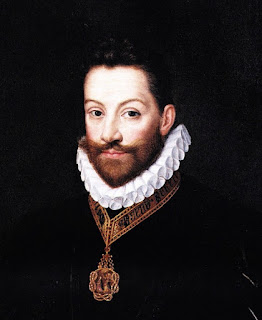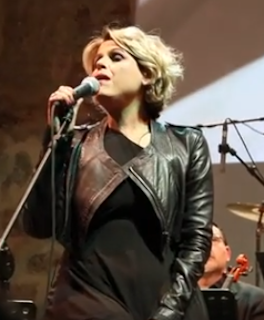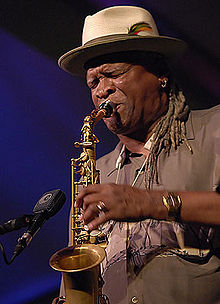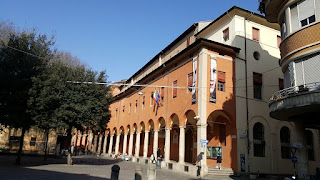Drafted plan for European Union while in Fascist jail
 |
| Spinelli and two fellow prisoners were the first to propose a united Europe |
A lifelong Communist who was jailed for his opposition to the Fascist regime of Benito Mussolini, he spent much of the Second World War in confinement on the island of Ventotene in the Tyrrhenian Sea, one of an archipelago known as the Pontine Islands.
It was there that he and two prisoners, Ernesto Rossi and Eugenio Colorni, agreed that if the forces of Fascism in Italy and Germany were defeated, the only way to avoid future European wars was for the sovereign nations of the continent to join together in a federation of states.
The document they drew up, which became known as the Ventotene Manifesto, was the first document to argue for a European constitution and formed the basis for the Movimento Federalista Europeo, which Spinelli, Rossi and some 20 others launched at a secret meeting in Milan as soon as they were able to leave their internment camp.
| An official mugshot of Spinelli taken during his confinement on Ventotene |
Throughout the 40s and 50s, Spinelli’s MFE was in the vanguard of the drive for European integration and Spinelli himself, who was elected as a Communist MEP in 1979, its most powerful voice.
By stages, he persuaded the Italian government and then the European Parliament of the wisdom of his proposals and his draft document, known as the Spinelli Plan, became the basis for the Single European Act of 1986 and the Maastricht Treaty of 1992, which formally agreed the establishment of a European Union.
Spinelli himself lived to see none of these developments. His health declined in his late 70s and he died in a Rome clinic in May 1986 at the age of 78.
However, his legacy was recognised when the main building of the European Parliament in Brussels was named after him in 1999.
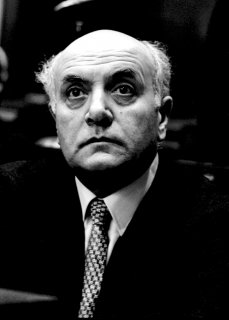 |
| Spinelli was buried on the island of Ventotene, where his memory is preserved |
He was arrested in Milan in June 1927, when the Fascists introduced legislation outlawing political opponents. He was convicted and sentenced to 16 years and eight months in prison.
After a decade, he was transferred to Rome and was led to believe he would be released, only to be told he was instead being transferred to confinement status, first on the island of Ponza, later on Ventotene, a smaller island midway between Ponza and Ischia, off the coast of Naples.
His release eventually came in 1943, after Mussolini had been expelled by the Fascist Grand Council and arrested on the orders of the king, Victor Emmanuel III.
| Ponza has some beautiful coastline and was once a haunt for movie stars and other celebrities |
The island of Ponza has had a chequered history. Inhabited from neolithic to Roman times, it was abandoned during the middle ages due to frequent attacks by Saracens and pirates and not recolonised until the 18th century. Due to its remoteness, it was used as penal colony by several regimes in addition to the Fascists. Mussolini himself was confined there for a brief period after his arrest in 1943. In more recent years, it was developed for tourism and became a fashionable resort for celebrities, including Sophia Loren, Gina Lollobrigida, Burt Lancaster and Kirk Douglas. It has become less attractive since the death of several tourists due to falling rocks led to the permanent closure of the main beach, Chiaia di Luna, although there are many other smaller beaches and several picturesque bays.
| The picturesque harbour on the island of Ventotene |
Closer to the mainland than Ponza and therefore more easy to reach, Ventotene attracts many tourists during the summer months but remains in some ways a permanent monument to Spinelli, who was returned to the island following his death and interred in the churchyard of the Parrocchia Santa Candida Vergine e Martire. The former prison has been converted into colorful summer homes and visitors can even sleep in Spinelli’s old apartment. In 2016, Italian prime minister Matteo Renzi met with the German Chancellor Angela Merkel and French President François Hollande on the island, where they laid a wreath at the Spinelli’s tomb and staged a mini-summit meeting to discuss the future of the EU following the referendum staged in Britain.
More reading:
Victor Emmanuel III appoints Mussolini as prime minister
The murder of Giacomo Matteotti
How Alcide de Gasperi rebuilt Italy
Also on this day:
1834: The birth of opera composer Amilcare Ponchielli
1900: The birth of Gino Lucetti, anarchist famous for botched attempt to kill Mussolini
Home
